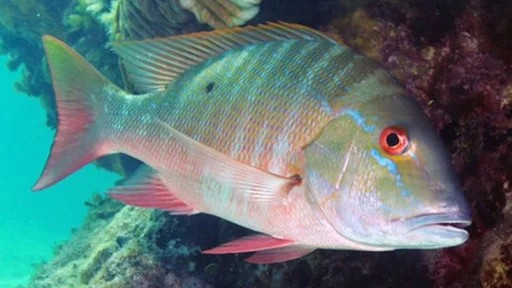Clean The Ocean! — vast, mysterious, and utterly crucial to life on Earth. It covers more than 70% of our planet’s surface, acting as the lungs of the world, the cradle of biodiversity, and a major driver of weather systems. But beneath its shimmering blue surface, there’s a growing problem. Pollution. Oceans are drowning in waste, from floating plastic islands to oil spills and harmful chemicals. The task of cleaning up this colossal mess is no small feat. But just how much money would it take? It’s not a simple answer. Tackling such a monumental issue requires both a financial commitment and an understanding of the complexity of the problem. Let’s dive in.
The Extent of Ocean Pollution

The phrase “ocean pollution” might conjure up images of a discarded plastic bottle washed up on a beach. But it’s far more extensive. Every single year, our oceans are bombarded by millions of tons of pollutants — plastic, oil, chemicals, you name it. Let’s break it down.
Plastic Waste and Its Impact
Plastic is the big bad wolf of ocean pollution. More than 8 million metric tons of plastic enter the oceans annually, clogging up ecosystems, and swirling into gigantic patches of floating debris. One of the most notorious of these, the Great Pacific Garbage Patch, is so massive, it’s twice the size of Texas. Imagine that. A floating trash island stretching across the sea, with microplastics sinking deep into marine life and, ultimately, our food chain.
Other Pollutants: Oil Spills, Chemicals, and More
But plastic isn’t the only villain here. Oil spills, toxic chemicals, heavy metals — they all have their part in this environmental catastrophe. Each year, oil spills alone cost billions to clean, and the scars they leave on marine ecosystems? Devastating. And chemicals? Silent, invisible killers, seeping into the water, poisoning both wildlife and human health over time.
Key Players in Ocean Cleanup Efforts
If we want to clean this mess up, it’s going to take a village — or more accurately, the whole planet. The good news is, a lot of key players are already rolling up their sleeves.
Governments and International Organizations
Governments and international organizations are the heavyweight fighters in this battle. Bodies like the United Nations have launched initiatives to curb ocean pollution. But while their hearts are in the right place, they often struggle to muster the massive funding needed for large-scale impact. Policies and global cooperation are crucial, but money? It’s what makes the wheels turn.
Non-Profit Organizations and Environmental Groups
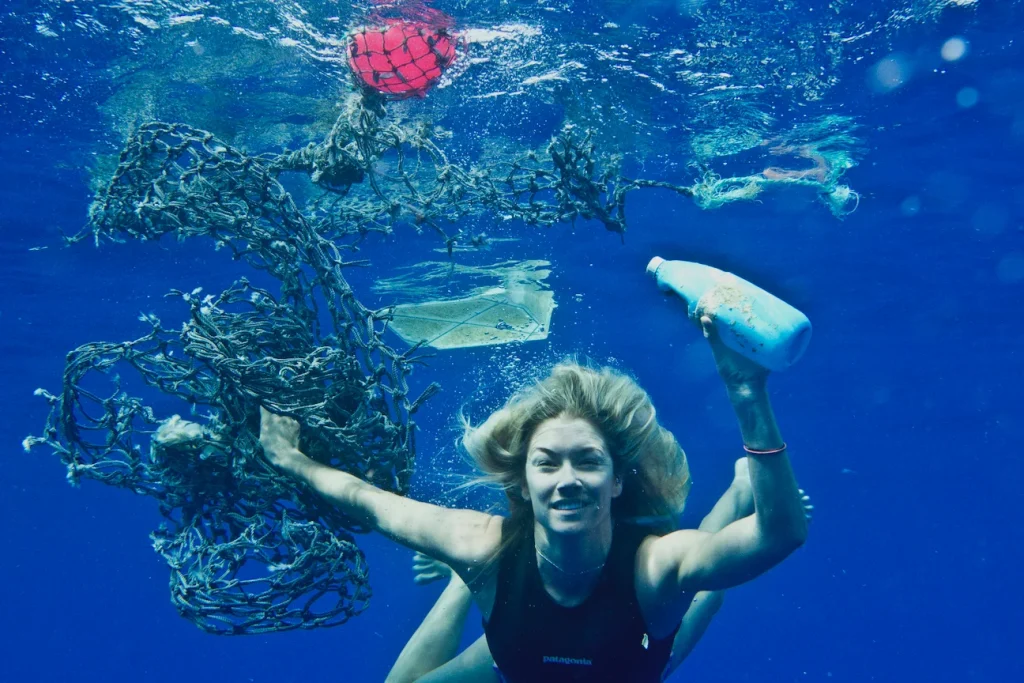
On the frontlines, we also have passionate non-profits like Ocean Conservancy and the World Wildlife Fund (WWF). These groups work tirelessly to raise awareness, mobilize resources, and even coordinate cleanups. But even they can’t do it alone. They rely heavily on public donations and volunteer support.
Private Companies and Tech Innovations
Tech to the rescue! Recently, private companies have jumped into the ocean cleanup game, bringing along innovative solutions. Take The Ocean Cleanup, for example. Their technology uses massive systems to collect plastic drifting in ocean currents. It’s a bold, high-tech approach — and it comes with a hefty price tag.
Estimating the Cost of Cleaning the Ocean
So, let’s get to the heart of it. How much will it cost to clean the ocean? Spoiler alert: a lot. The numbers vary based on several factors, but here’s the gist.
Factors Influencing the Cost
- Type of Pollution – Cleaning up plastic is one thing, but managing oil spills or chemical waste? Whole different ballgame.
- Scale of Cleanup – Are we talking just coastal areas, or the vast, deep-sea zones as well?
- Technological Solutions – The more cutting-edge the tech, the more money you’re looking at.
How Much It Costs Today to Manage the Problem
As it stands, experts estimate that full-scale ocean cleanup efforts could cost tens of billions to hundreds of billions of dollars over the coming decades. The Ocean Cleanup alone predicts it will take somewhere between $5 billion and $10 billion to clear the Great Pacific Garbage Patch. And that’s just one area.
Large-Scale Cleanup Projects
The Ocean Cleanup Project: This ambitious project aims to remove 90% of floating ocean plastic by 2040. Their massive collection systems are designed to sweep up plastics from ocean currents. But ambition comes at a cost — billions in this case.
Seabin Project: On a smaller, yet still impactful scale, there’s the Seabin Project. This initiative installs floating bins in marinas and harbors, collecting trash before it can drift out into the open sea. It’s a cost-effective way to keep pollution at bay in targeted areas.
Other Innovative Solutions: Robots, drones, autonomous systems — tech companies are coming up with new ways to tackle ocean waste. But every solution has a price tag, and not all are equally effective across different environments.
Financial Estimates from Experts
Experts suggest that cleaning up all the plastic waste from the ocean could exceed $100 billion. However, the exact figure depends on numerous factors — the level of international cooperation, technological advancements, and, of course, sustained funding.
Breaking Down the Cleanup Costs
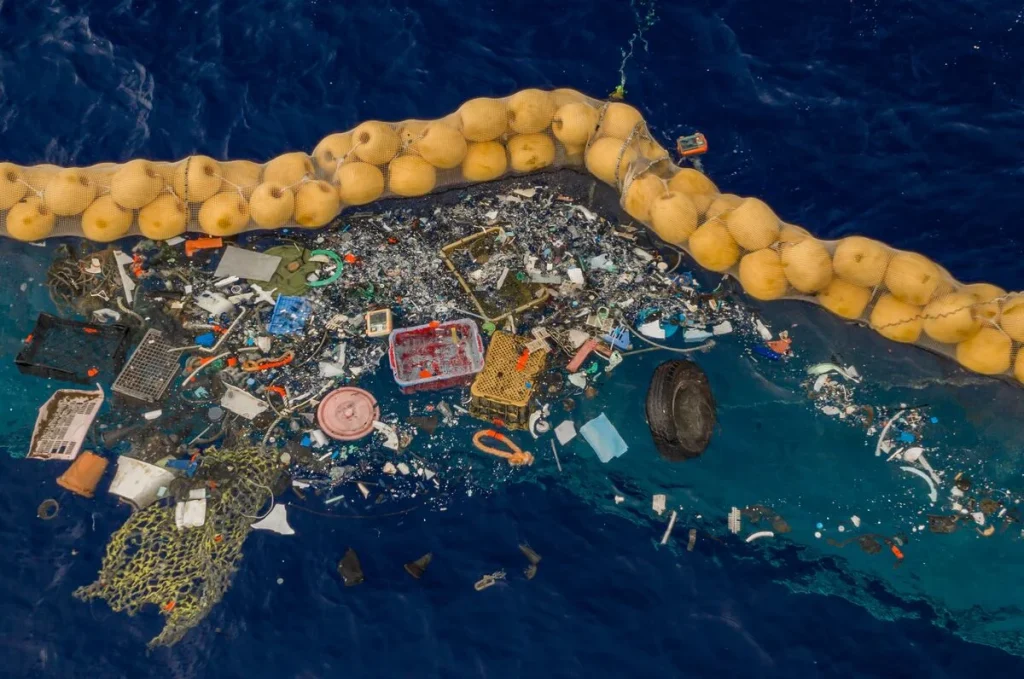
Costs of Collecting Waste
Collecting the waste from the ocean? That’s the most labor-intensive and expensive part. It involves:
- Installing and maintaining waste collection systems
- Gathering trash from hard-to-reach or deep-sea areas
Transport and Disposal of Ocean Waste
After collection comes the next challenge: transport and disposal. Once the waste is collected, it must be transported, sorted, and disposed of properly, adding even more to the overall cost.
Maintenance and Monitoring Costs
Cleanup isn’t a one-and-done deal. Long-term maintenance and monitoring are critical to keeping the ocean clean. These ongoing efforts, unsurprisingly, come with their own financial demands.
The Long-Term Financial Commitment
Ocean cleanup isn’t a short-term project. It demands a long-term financial commitment, from both public and private sectors.
Sustainable Funding Models
New funding models are necessary. From green bonds to government grants and private investments, ensuring consistent financial support is key to making this a sustainable effort.
Government vs. Private Sector Investment
Governments can’t do it alone. Partnerships with the private sector are essential to ensure the necessary funds are available for the long haul.
Challenges to Funding Ocean Cleanup
Ocean pollution is a global issue, but coordinating between countries can be tricky. Laws, priorities, and budgets differ, making global cooperation a complicated endeavor.
Politics and money often stand in the way. Funding such a massive project can be hard to secure, especially when the returns aren’t immediate or visible.
What Can Individuals Do?
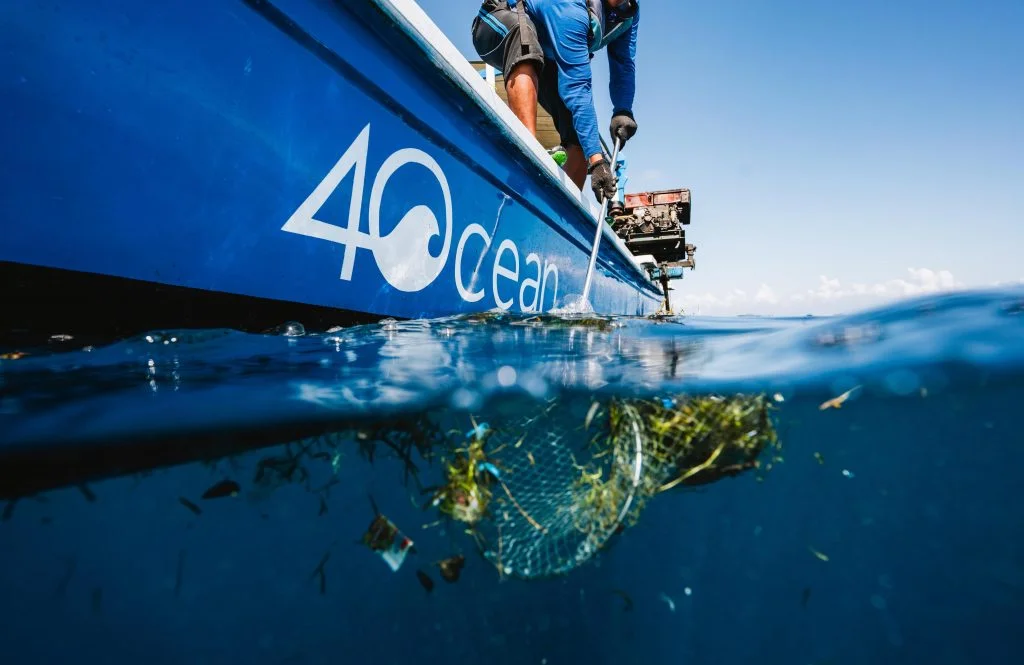
While large-scale projects are vital, individual actions can also make a dent.
Supporting Non-Profits
Donating to non-profits like 4Ocean or The Ocean Cleanup helps sustain ongoing efforts.
Reducing Personal Plastic Use
Reducing your use of single-use plastics can prevent more waste from entering the oceans.
Volunteering and Spreading Awareness
Joining local beach cleanups or simply raising awareness about ocean pollution can make a big difference on a smaller, more personal scale.
The Future of Ocean Cleanup
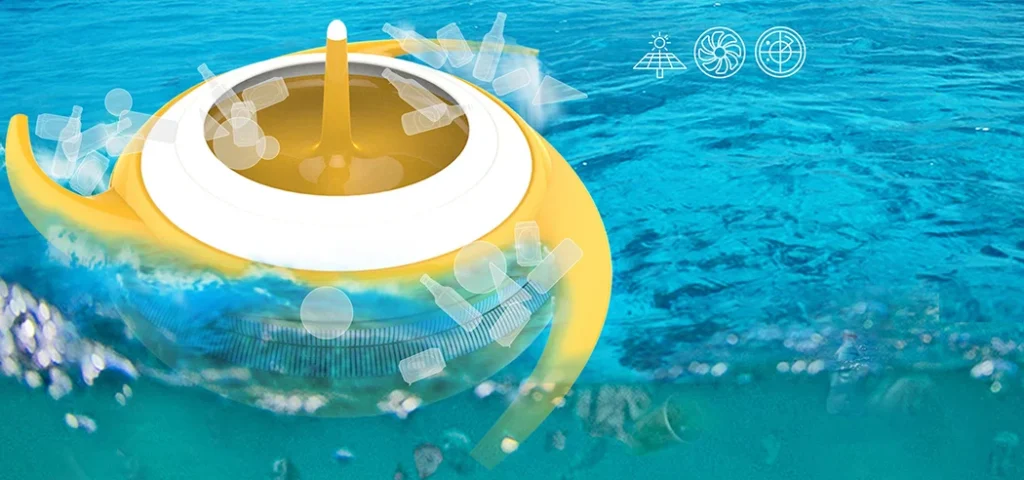
As technology advances, future cleanup efforts will likely become more efficient and cost-effective, reducing the need for as much manual labor.
Prevention is the best cure. Stricter regulations, better waste management systems, and international cooperation are crucial to preventing future pollution.
Conclusion
Cleaning the ocean is an enormous, costly endeavor. But with the right investment in technology, sustainable funding models, and global cooperation, we can make a significant difference. It’s about more than money — it’s about saving our oceans and, by extension, our planet.
FAQs
- How does plastic in the ocean affect marine life? Plastic can be ingested by marine animals, causing injury or death. It also disrupts ecosystems and endangers species.
- Can we ever fully clean the ocean? While a full cleanup may not be realistic in the short term, significant progress can be made with the right resources and dedication.
- How are governments helping with ocean cleanup? Governments are funding cleanup initiatives, enacting laws to limit pollution, and partnering with international organizations.
Read more:
Escort Fish Exposed: Debunking Myths and Revealing Scientific Facts
Colonel Fish: Unraveling the Secrets of This Unique Marine Species
Dorado Fish Decoded: Unveiling the Secrets of This Ocean Acrobat




